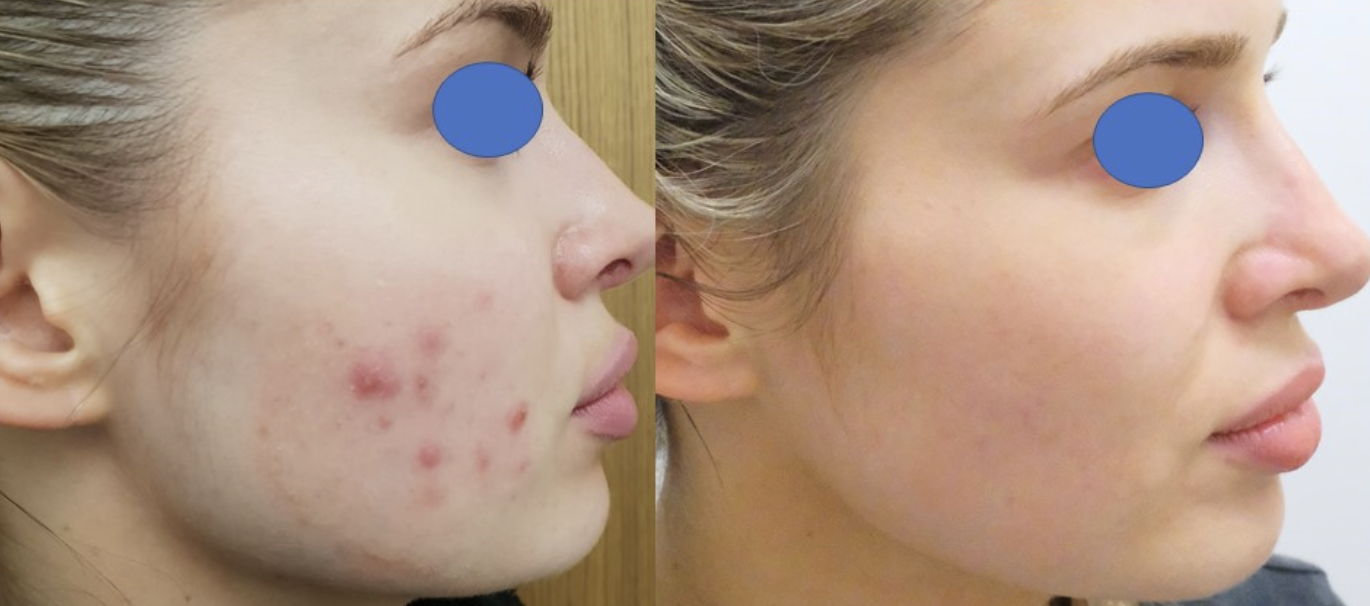Laser Hair Removal
Treatment
Laser hair removal is a very popular and safe method for unwanted hair with a good degree of success if performed correctly with the right type of hair and colour selected. Hair growth is regulated through a cycle that starts with the growing phase “anagen” followed by the resting phase “catagen” and finally the shedding phase “telogen”. The growing phase can last from few months to few years. The duration of the growing phase largely depends on the anatomic location. An example is the relatively long growing phase of the scalp hairs compared to some other areas in the body. The ratio between the different phases is relatively balanced and when more hairs are in the shedding phase “telogen” hair loss becomes more noticeable.
Laser hair removal is effective against the hairs in the growing phase, anagen. The mechanism involves absorption of the hair follicular unit (the hair shaft and the surrounding structures) to the laser converting the energy to heat which leads to structural damages and growth arrest of the follicles. The principle of laser hair removal relies on the absorption of the pigment (melanin) which is found in the follicular unit to the incoming laser light beam. It is therefore essential that the lasers used are absorbed by melanin. Lasers come in different wavelengths which have different absorbing targets in the skin. The best wavelengths for laser hair removal are the Alexandrite 755 nm laser in fair skinned individuals and the Nd:YAG 1064 nm laser in dark skinned individuals.
Laser hair removal has the highest chance of success with dark thick hairs. Blonde or white hairs do not respond to laser hair removal and fair skin individuals are likely to respond better than dark skinned individuals as the 755 nm wavelength is more efficient compared to the 1064 nm. In dark skinned individuals the 755 nm is not suitable given the high risk of side-effects hence the 1064 nm is used.
It is recommended that an assessment of the to treated area is performed and the treatment outlined and explained prior to commencement. In general 6 to 10 sessions are required for good long-term reduction although there is inter individual variability.








